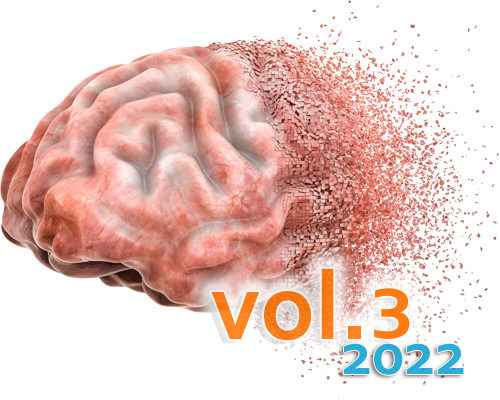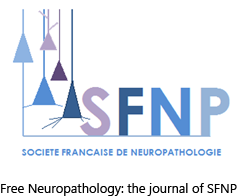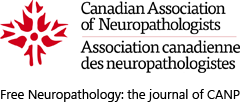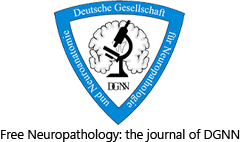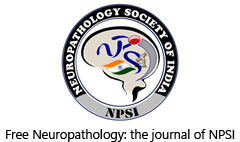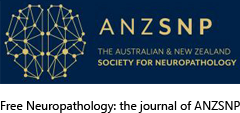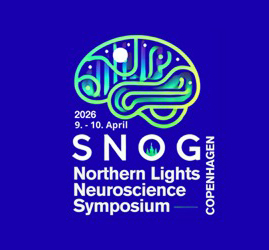Neurotrauma: 2022 update
DOI:
https://doi.org/10.17879/freeneuropathology-2022-4495Keywords:
Traumatic brain injury, Chronic traumatic encephalopathy, Tau, Interface astroglial scarring, Diffuse axonal injury, Multidimensional MRIAbstract
The year 2021 was highlighted by many notable advancements in the field of neurotrauma and associated neuropathology. After a thorough review of the new literature, we call attention to what we feel are among the most impactful studies and publications. In brief, 2021 was marked by published consensus papers related to the diagnosis of chronic traumatic encephalopathy (CTE) and its clinical counterpart, traumatic encephalopathy syndrome. There was also progress toward our understanding of the impact of traumatic brain injury (TBI) on the general population, and how strongly CTE pathology may, or may not, commonly underlie long term clinical sequelae following TBI. Next, a critical new study has identified that acetylated tau protein, which has been found to be increased in the brains of Alzheimer’s disease and CTE patients, can be induced by TBI, is neurotoxic, and that its reduction via already-existent therapeutics is neuroprotective. There are also several important updates that pertain to military and blast TBI, particularly as they pertain to establishing causality of interface astroglial scarring. In addition, and for the first time, a specific signature for diffuse axonal injury has been identified in ex vivo tissues using multidimensional magnetic resonance imaging, providing promise for the clinical diagnosis of this lesion. Finally, several important radiologic studies from 2021 have highlighted long-standing structural reductions in a number of brain regions following both mild and severe TBI, emphasizing the need for neuropathologic correlation. We end by highlighting an editorial piece discussing how TBI is portrayed in entertainment media and how this impacts public perception of TBI and its consequences.
Metrics
Published
How to Cite
Issue
Section
License
Copyright (c) 2022 David S. Priemer, Daniel P. Perl

This work is licensed under a Creative Commons Attribution 4.0 International License.
Papers are published open access under the Creative Commons BY 4.0 license. This license lets others distribute, remix, adapt, and build upon your work, even commercially, as long as they credit you for the original creation. Data included in the article are made available under the CC0 1.0 Public Domain Dedication waiver, unless otherwise stated, meaning that all copyrights are waived.

